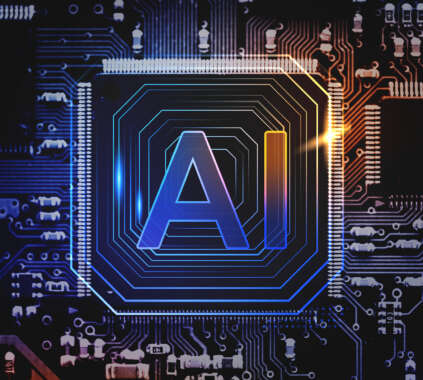According to Forrester’s The Top 10 Emerging Technologies In 2023 report, generative AI will begin to deliver significant return on investment for most enterprises in the next two to four years. To fully benefit from generative AI’s applications, firms will need to navigate its risks, including trustworthiness, evolving regulations, and potential intellectual property complications.
Despite these risks, generative AI remains a top emerging technology to invest in due to its breadth of impact and ability to accelerate many other top emerging technologies, including autonomous workplace assistants (AWAs) and conversational AI.
Conversational AI, enabled by generative AI, is the second top emerging technology that will deliver the fastest ROI. E-commerce, B2B sales, and customer service functions will see the biggest impacts from conversational AI. AWAs will also deliver near-term benefits for most firms, as they are poised today to take over increasingly complex but repetitive human tasks.
According to Forrester, additional emerging technologies that will offer significant benefits for firms in two to four years include:
- Decentralized Digital Identity (DDID). DDID will ultimately replace physical proof-of-identity documents, with financial services, government, and education likely to benefit most. Blockchains and zero-knowledge proofs will play a substantial role in this slow transformation.
- Edge Intelligence. Turning massive data sets produced by computer vision and sensors into real-time action requires more intelligent software running at the edge of business and consumer networks. Customer digital experiences will benefit from edge intelligence the most.
- Explainable AI (XAI). To be useful, new AI software needs to be trustworthy, which means it must be explainable. While XAI capabilities are still immature, this technology will see its greatest utilization in highly regulated and high-risk use cases in the finance and healthcare sectors.
- TuringBots. There has been a dramatic acceleration in the number and capability of TuringBots, AI-powered software robots that help developers build applications. In two to four years, a substantial part of enterprise applications could be generated by this technology.

Some emerging technologies that will take at least five years to deliver tangible value for enterprises include:
- Extended Reality (XR). Only 20% of US online adults are comfortable using virtual reality or augmented reality to consume information, which means that XR will take more years of hardware innovation and consumer adoption.
- Web3. Despite its promise of a new, more democratic web, Web3 remains a self-referencing ecosystem of financial engineering fraught with risk and scandal.
- Zero Trust Edge (ZTE). ZTE embeds Zero Trust security principles into software-defined networks that are deployed to offices and physical spaces but controlled centrally via the cloud.
“While many emerging technologies show great promise, it is imperative for tech leaders to assess whether these technologies can deliver value and if their business can navigate their associated risks,” said Brian Hopkins, Forrester VP, emerging technology portfolio. “This means side-stepping misinformation, mitigating poor decisions driven by a fear of missing out, and narrowing focus from the shiny objects down to the few technologies that have real potential. Firms must also ensure that their time frame for implementing these technologies is commensurate with their overall risk/reward tolerance.”













